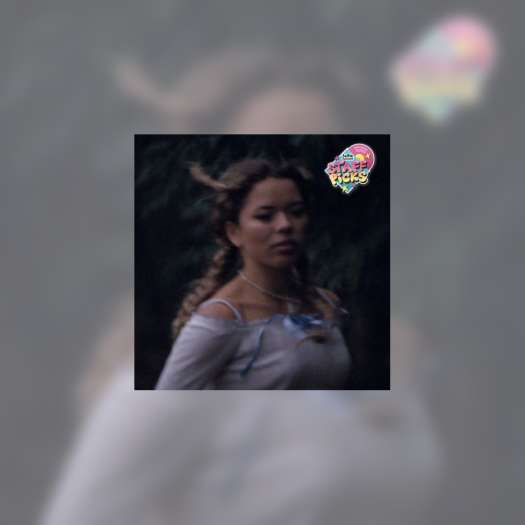John Lennon may have claimed that the Beatles were "bigger than Jesus," but a new study is claiming that hip-hop music revolutionized the industry more than the Fab Four ever did.
A group of London, UK academics analyzed data to track musical patterns between 1960 to 2010, identifying the arrival date and duration of certain trends in the U.S. charts.
"For the first time we can measure musical properties in recordings on a large scale," said lead author Matthias Mauch [via The Guardian]. "We can actually go beyond what music experts tell us, or what we know ourselves about them, by looking directly into the songs, measuring their makeup, and understanding how they have changed."
Using data collected from Last.fm and taking into account properties like chord changes and tone, the researchers' findings show that the British Invasion artists like the Beatles and Rolling Stones — often considered pioneers of rock'n'roll — were merely utilizing and expanding on already existing musical styles.
The real revolution, according to the study, came in 1991 when hip-hop entered the charts. The musical make-up of popular hip-hop songs was found to be more unique than any style that appeared on the chart before or since.
The study also challenges the notion that today's pop music is more repetitive and homogenous than ever, citing 1986 as the least diverse year in chart history — a feat likely achieved thanks to the introduction of the drum machine.
Mike Brocken, a lecturer at Liverpool Hope University and director of a Beatles masters program, disputes the findings, claiming the team's methods ignore the impact of emotional connection, the political economy and subcultures.
"I don't think that the kind of formalistic musical analysis that is suggested here helps at all," he told The Guardian. "The Beatles 'communicated' things to people; whether it was via an A-minor chord or an A-major chord really does not make the slightest difference. Semiotic approaches yield far more than chord shapes and time signatures."
A group of London, UK academics analyzed data to track musical patterns between 1960 to 2010, identifying the arrival date and duration of certain trends in the U.S. charts.
"For the first time we can measure musical properties in recordings on a large scale," said lead author Matthias Mauch [via The Guardian]. "We can actually go beyond what music experts tell us, or what we know ourselves about them, by looking directly into the songs, measuring their makeup, and understanding how they have changed."
Using data collected from Last.fm and taking into account properties like chord changes and tone, the researchers' findings show that the British Invasion artists like the Beatles and Rolling Stones — often considered pioneers of rock'n'roll — were merely utilizing and expanding on already existing musical styles.
The real revolution, according to the study, came in 1991 when hip-hop entered the charts. The musical make-up of popular hip-hop songs was found to be more unique than any style that appeared on the chart before or since.
The study also challenges the notion that today's pop music is more repetitive and homogenous than ever, citing 1986 as the least diverse year in chart history — a feat likely achieved thanks to the introduction of the drum machine.
Mike Brocken, a lecturer at Liverpool Hope University and director of a Beatles masters program, disputes the findings, claiming the team's methods ignore the impact of emotional connection, the political economy and subcultures.
"I don't think that the kind of formalistic musical analysis that is suggested here helps at all," he told The Guardian. "The Beatles 'communicated' things to people; whether it was via an A-minor chord or an A-major chord really does not make the slightest difference. Semiotic approaches yield far more than chord shapes and time signatures."




